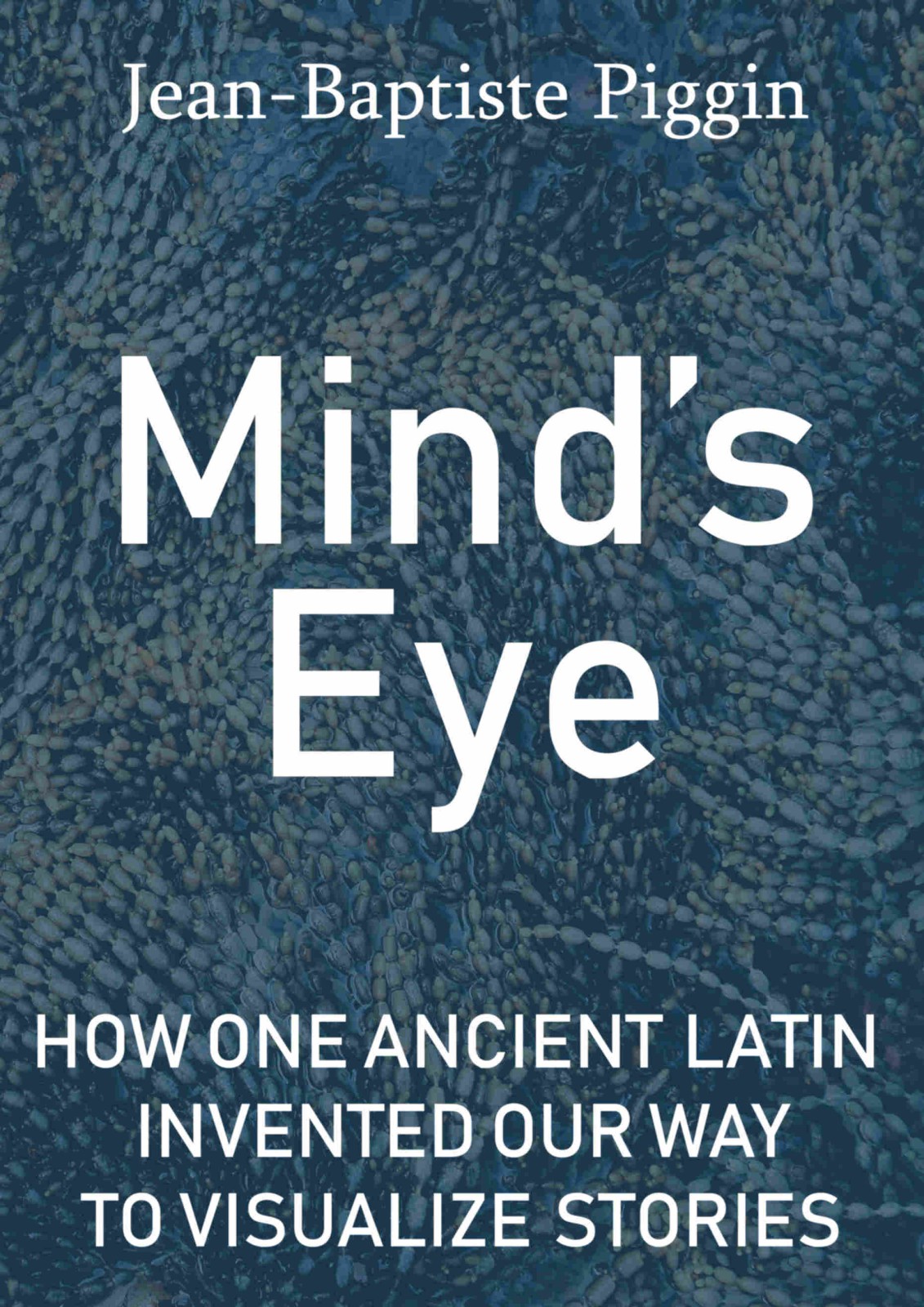In the classic sense,
ekphrasis means a poem that vividly describes a work of art or other physical artefact. During the Greek period, such texts might
describe weapons, exceptional clothing, household items of superior craftsmanship (urns, cups, baskets) and splendid buildings.
This form of expression connects with the Roman pride in showing off one's education (
paideia) at dinner parties which Michael Squire describes (p. 219) in his
book Image and Text in Graeco-Roman Antiquity: Learned discussions of myths and philology were the bread and butter of the
cena and
convivium, and it seems to have been de rigueur to intersperse dinner with all manner of literary entertainments, he notes. Even
Petronius's Trimalchio appreciates that 'one must know one's philology at dinner' (oportet etiam inter cenandum philologiam nosse: Petron.
Sat. 39.3), though getting his own woefully wrong, Squire notes.
Squire traces this back to Hellenistic examples, quoting (p. 239) a
passage in Greek (
Dom. 2) from Lucian's
On the Hall: When it comes to what we see, the same law does not apply for ordinary as for learned men. For the former, it is enough to do the usual thing: simply to gaze, look around ... But when a man of learning looks upon what is beautiful, he would not, I think, be content with harvesting his delight in looking alone, nor would he allow himself to witness their beauty in silence; instead, he will do all he can to take his time and to reciprocate the image with speech.
Lucian's speaker later says: 'Visual judgement lies not in the act of looking, but a rational eloquence also concurs with what is seen' (
Dom. 6, quoted Squire p. 240). Addressing this Hellenistic 'etiquette of viewing', Squire adds (p. 243): 'The art of being an educated viewer once again becomes the art of being equipped with
paideia - of having the terms, language and knowledge to articulate what is remarkable in an image.
The remainder of Squire's argument, that 'verbally mediated responses might actually force viewers to look harder at what they saw' (p. 247), need not concern us here. Instead, I am concerned with the relationship between the Great Stemma and the
Liber Genealogus. The one is a very large and impressive diagram, the other an extended text which muses, in list order, on the etymology of biblical names and drops in various tendentious remarks of a Donatist nature about the Church of Rome. In the order of the material, the earliest, G recension of the
Liber Genealogus closely follows the diagram. It is all but
inconceivable that this order would have been independently adopted without reference to the diagram.
We are thus left with the issue of how and why the
Liber Genealogus was written.
It seems to me that the practice of ekphrasis offers a plausible hypothesis to explain its creation. Much of what we read in the
Liber seems to be a response to the visualization, perhaps by a Christian displaying both classical learning and biblical knowledge. It might be too fanciful to imagine three or four Christian literati going out to dine with a secretary at hand to jot down what they say and the Great Stemma pinned up on the wall of the dining room. But certainly the
Liber does seem to be written with the purpose of dazzling somebody with the eloquence and resourcefulness of its etymological speculation about Hebrew names of the Bible.


